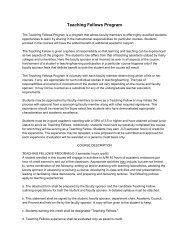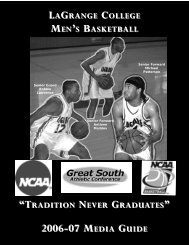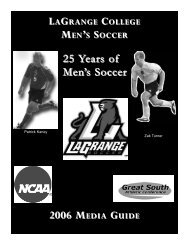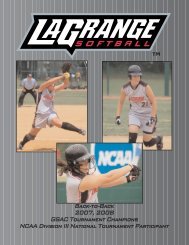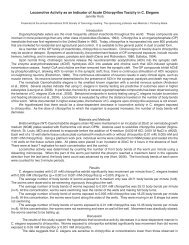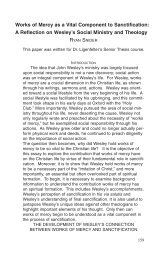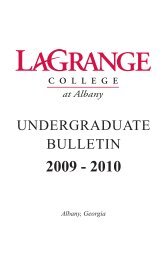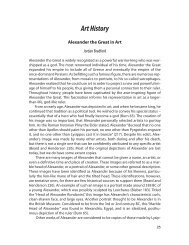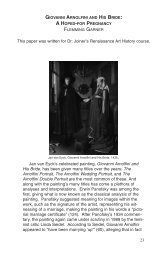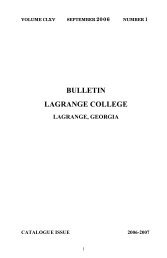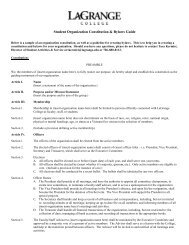The Speed of Light: Historical Perspective and Experimental Findings
The Speed of Light: Historical Perspective and Experimental Findings
The Speed of Light: Historical Perspective and Experimental Findings
Create successful ePaper yourself
Turn your PDF publications into a flip-book with our unique Google optimized e-Paper software.
THE SPEED OF LIGHT<br />
between the two beams <strong>of</strong> 8 x 10 -17 s, which would result in<br />
0.04 fringes in the interference pattern. Though his instrument<br />
should have been able to detect a pattern half the size <strong>of</strong> the<br />
expected result, he found nothing. In 1887, Michelson teamed<br />
up with Edward Morley, who would make great improvements on<br />
Michelson’s device. <strong>The</strong> path length <strong>of</strong> the device was greatly<br />
extended, increasing the expected fringe shift tenfold. Even<br />
though the device could detect a fringe shift as small as 0.005,<br />
they observed absolutely no effect. <strong>The</strong> results were consistent<br />
over several subsequent retrials, <strong>and</strong> no substantial results were<br />
ever observed. <strong>The</strong> ether did not seem to exist. Today, over a<br />
century later, there is still no realistic evidence for the ether theory.<br />
7 Albert Michelson would then improve on Foucault’s apparatus<br />
by using better optical lenses <strong>and</strong> a longer baseline for the<br />
distance. Beginning in 1906, Michelson measured the speed <strong>of</strong><br />
light to be 2.99853 x 10 8 m/s. Over the next 25 years,<br />
Michelson would continue to revise his own experiment in<br />
search <strong>of</strong> a definitive measurement. In his final experiment,<br />
Michelson combined the most up to date electronics <strong>and</strong> optics<br />
available with a vacuum tube for his light beam. Unfortunately<br />
he did not live to see his collaborators, Pease <strong>and</strong> Pearson,<br />
publish the results <strong>of</strong> 2.99774 x 10 8 m/s; this result is within<br />
.006% <strong>of</strong> today’s accepted value. 8<br />
Using Maxwell’s theory R. Blondlot was the first to measure<br />
the product <strong>of</strong> the frequency <strong>and</strong> wavelength <strong>of</strong> an electromagnetic<br />
wave. Blondlot adapted Foucault’s apparatus to measure<br />
the speed <strong>of</strong> electricity in a conductor <strong>and</strong> found it to be very<br />
close the value found by Maxwell’s theory <strong>of</strong> 2.99792251 x 10 8<br />
m/s. 9<br />
<strong>The</strong> 1907 experiment <strong>of</strong> E. B. Rosa <strong>and</strong> N. E. Dorsey consists<br />
<strong>of</strong> measuring the speed <strong>of</strong> light by comparing the experimentally<br />
determined capacitance <strong>of</strong> a capacitor in electromagnetic<br />
units <strong>and</strong> electrostatic units with predetermined currents<br />
from a current balance. This method produces a value <strong>of</strong><br />
2.99788 x 10 8 m/s, which is 0.000015 % below the accepted<br />
value. 10<br />
In 1958 K. D. Froome used klystron oscillators to measure<br />
the speed <strong>of</strong> light by analyzing both the frequency <strong>and</strong> the<br />
188




